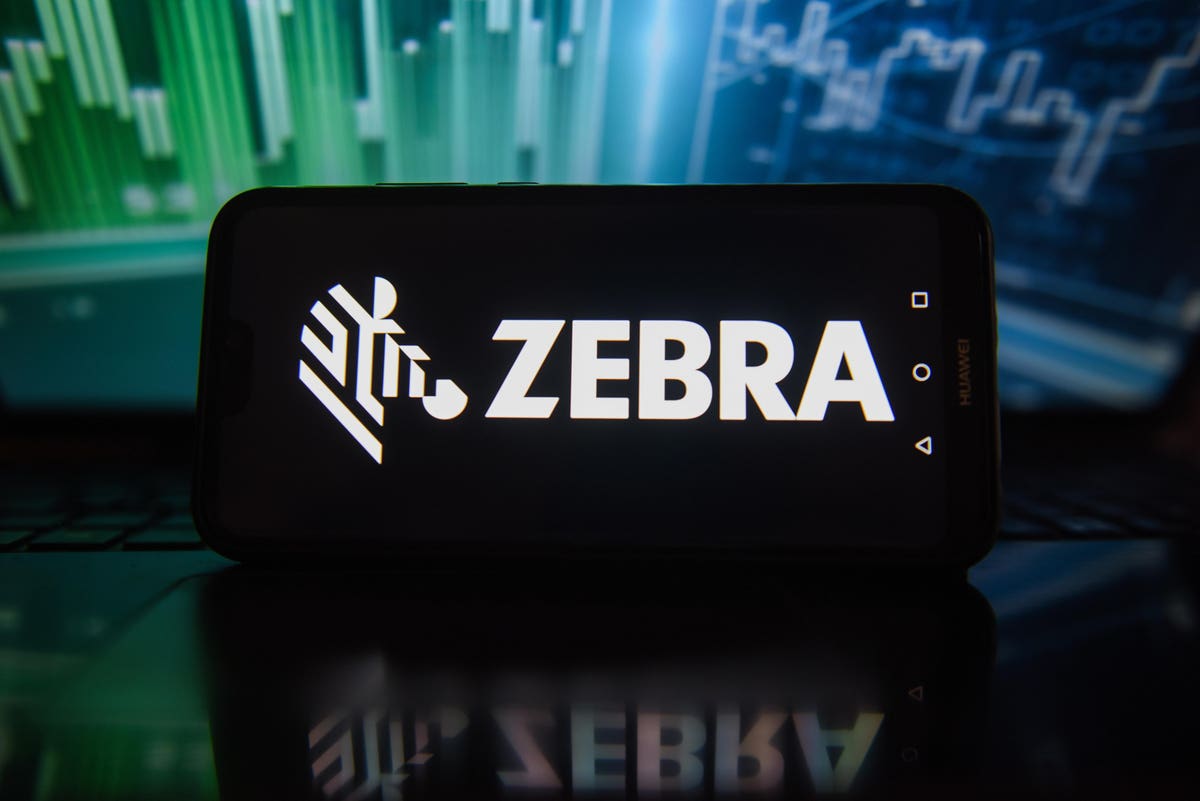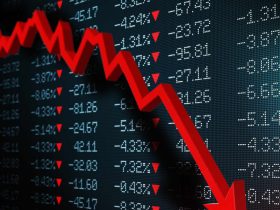Zebra Technologies stock (NASDAQ
NDAQ
Interestingly, ZBRA stock has had a Sharpe Ratio of 0.5 since early 2017, slightly lower than 0.6 for the S&P 500 Index over the same period. This compares with the Sharpe of 1.3 for the Trefis Reinforced Value portfolio. Sharpe is a measure of return per unit of risk, and high-performance portfolios can provide the best of both worlds.
Returning to the pre-inflation shock high of over $615 (seen in Dec 2021) means that ZBRA stock will have to gain more than 150% from here, and we don’t think this will materialize anytime soon. Although ZBRA stock currently trades at 2.3x revenues compared to its last five-year average of 3.8x, a decline in P/S multiple is justified given the falling sales. Note that Zebra’s 2023 sales are projected at $4.6 billion, reflecting over 20% fall y-o-y. Our Zebra Technologies Valuation Ratios Comparison dashboard has more details.
Our detailed analysis of Zebra Technologies’ upside post-inflation shock captures trends in the company’s stock during the turbulent market conditions seen over 2022. It compares these trends to the stock’s performance during the 2008 recession.
2022 Inflation Shock
Timeline of Inflation Shock So Far:
- 2020 – early 2021: Increase in money supply to cushion the impact of lockdowns led to high demand for goods; producers unable to match up.
- Early 2021: Shipping snarls and worker shortages from the coronavirus pandemic continue to hurt supply.
- April 2021: Inflation rates cross 4% and increase rapidly.
- Early 2022: Energy and food prices spike due to the Russian invasion of Ukraine. Fed begins its rate hike process.
- June 2022: Inflation levels peak at 9% – the highest level in 40 years. The S&P 500 index declined more than 20% from peak levels.
- July – September 2022: Fed hikes interest rates aggressively – resulting in an initial recovery in the S&P 500 followed by another sharp decline.
- Since October 2022: Fed continues rate hike process; improving market sentiments help S&P500 recoup some of its losses.
In contrast, here’s how ZBRA stock and the broader market performed during the 2007/2008 crisis.
Timeline of 2007-08 Crisis
- 10/1/2007: Approximate pre-crisis peak in S&P 500 index.
- 9/1/2008 – 10/1/2008: Accelerated market decline corresponding to Lehman bankruptcy filing (9/15/08).
- 3/1/2009: Approximate bottoming out of S&P 500 index.
- 12/31/2009: Initial recovery to levels before accelerated decline (around 9/1/2008).
Zebra Technologies
ZBRA
ZBRA stock saw a 52% decline from $37 in September 2007 (pre-crisis peak) to $18 in March 2009 (as the markets bottomed out). It recovered sharply after the 2008 crisis to levels of around $28 in early 2010, rising about 60% between March 2009 and January 2010. The S&P 500 Index saw a decline of 51%, falling from levels of 1,540 in September 2007 to 757 in March 2009. It then rallied 48% between March 2009 and January 2010 to reach levels of 1,124.
Zebra Technologies’ Fundamentals Over Recent Years
Zebra Technologies’ revenue rose to $5.5 billion over the last twelve months, compared to $4.5 billion in 2019, due to higher demand for automation of businesses. Not only has the company seen strong revenue growth, but it also saw its margin expand from 13.4% in 2019 to 15.0% now. However, revenue growth has slowed in recent quarters. Our Zebra Technologies Operating Income Comparison dashboard has more details.
Does Zebra Technologies Have A Sufficient Cash Cushion To Meet Its Obligations Through The Ongoing Inflation Shock?
Zebra Technologies’ total debt increased from $1.3 billion in 2019 to $2.2 billion now, while its cash increased from around $30 million to $105 million. The company also garnered $488 million in cash flows from operations in 2022. Given its solid cash cushion, the company appears to be able to service its near-term obligations.
Conclusion
With the Fed’s efforts to tame runaway inflation rates helping market sentiment, we believe ZBRA stock has the potential for gains once fears of a potential recession are allayed. That said, the concerns over declining demand remain a key risk factor for realizing these gains.
While ZBRA stock may take a while to rebound, it is helpful to see how Zebra Technologies’ Peers fare on metrics that matter. You will find other valuable comparisons for companies across industries at Peer Comparisons.
Invest with Trefis Market Beating Portfolios
See all Trefis Price Estimates
Read the full article here











Leave a Reply